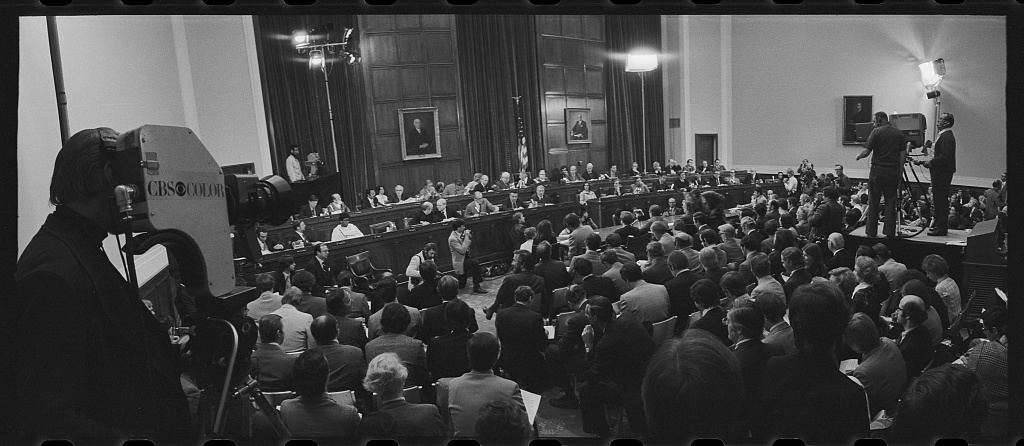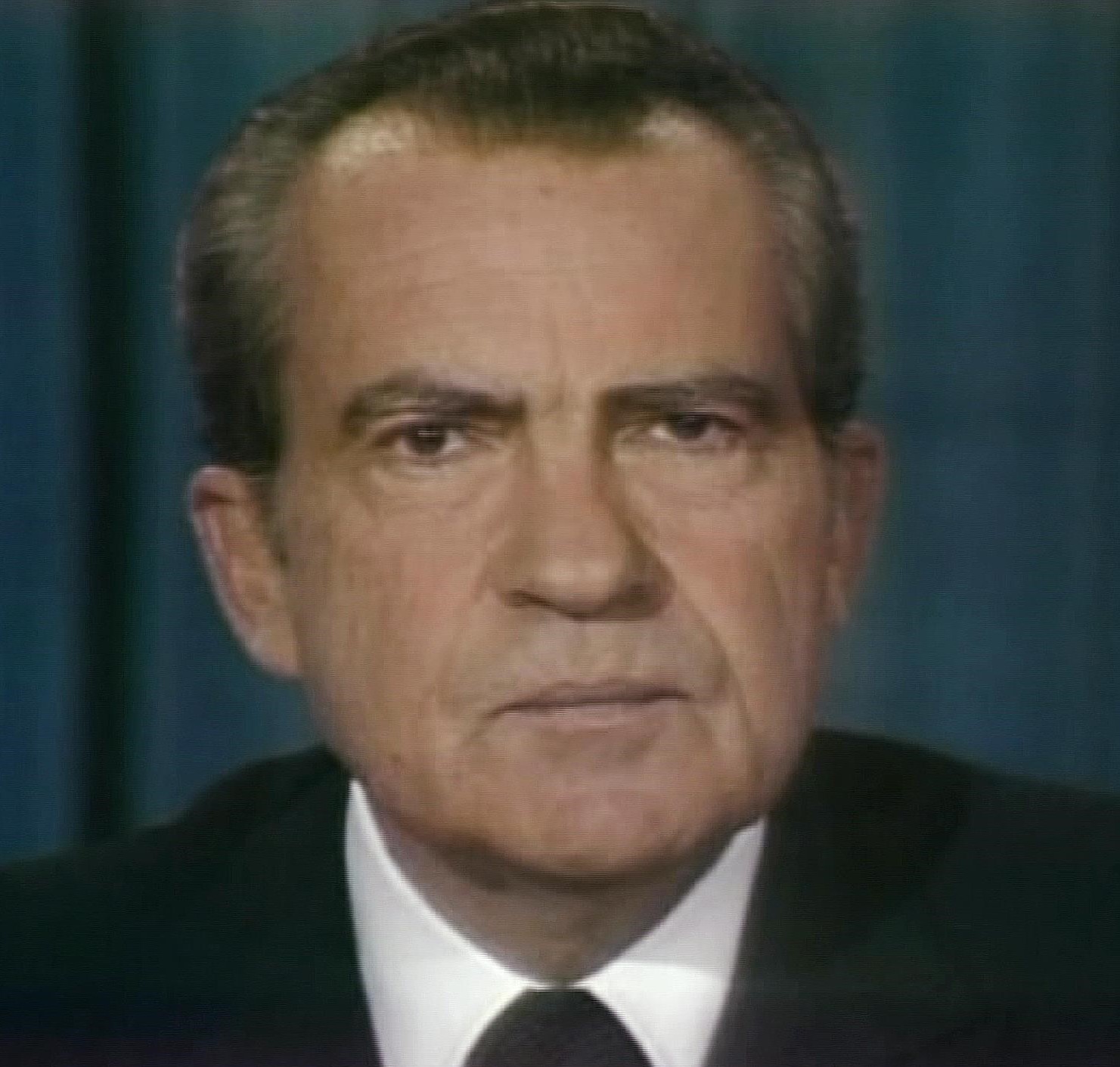Authors:
Historic Era: Era 10: Contemporary United States (1968 to the present)
Historic Theme:
Subject:
February/March 2021 | Volume 66, Issue 2


Authors:
Historic Era: Era 10: Contemporary United States (1968 to the present)
Historic Theme:
Subject:
February/March 2021 | Volume 66, Issue 2

Richard M. Nixon ran for the White House in 1968 as someone long familiar to American voters as the Republican Congressman from California who attacked Alger Hiss as an agent of the Soviet Union, as the Senator who won office by claiming his opponent, Helen Gahagan Douglas, was “pink down to her underwear,” and as the dour vice president to the smiling Dwight D. Eisenhower (as well as a losing candidate for the presidency and the California governorship.) He ran as a “new Nixon,” a man who had matured out of his old roles of Red-baiter and attack dog, a once-fierce Cold Warrior who now promised “an honorable end to the war in Vietnam.”
In pursuing that campaign promise, Nixon reverted to his old ways even before winning office by seeking to ensure that the outgoing administration of Lyndon B. Johnson would fail in its efforts to negotiate its own peace treaty to end the war in Southeast Asia. Once in office, Nixon — without congressional warrant — first secretly and then openly expanded the Vietnam War into neighboring Cambodia.
In the face of growing protest and in response particularly to military analyst Daniel Ellsberg’s unauthorized release in 1971 of the Defense Department’s internal studies of the Vietnam War (the series of documents better known as “the Pentagon Papers,” which revealed the analysts’ conviction that the war could not be won), Nixon established a team of operatives devoted to stopping such leaks by criminal means. Throughout the Nixon administration, recourse to illegal behavior became not only an available option but central to the president’s conception of the office of chief executive of the United States.
Watergate Break-In, Cover-Up, Exposure
In mid-June 1972, police discovered evidence of one part of the Nixon administration’s many illegal programs. The break-in at the Democratic National Committee headquarters in a Watergate complex office building that day was actually the second Watergate burglary. The first occurred in late May 1972, when a team of former CIA agents secretly entered DNC headquarters and placed wiretaps on two phones. When one of the taps failed to work and perhaps also to search for documents that could damage or help Nixon’s campaign, the team returned to replace the defective wiretap.
During the burglars’ second trip, a security guard discovered evidence of the illegal entry and alerted the police. Reporters jumped on the story when they realized that one of the burglars was James W McCord, Jr., the chief of security for the CRP, although Press Secretary Ronald L. Ziegler dismissed the incident as a “third-rate burglary attempt.”
Nixon and his advisers immediately understood that if they let the investigation proceed, their many illegal activities would be revealed.